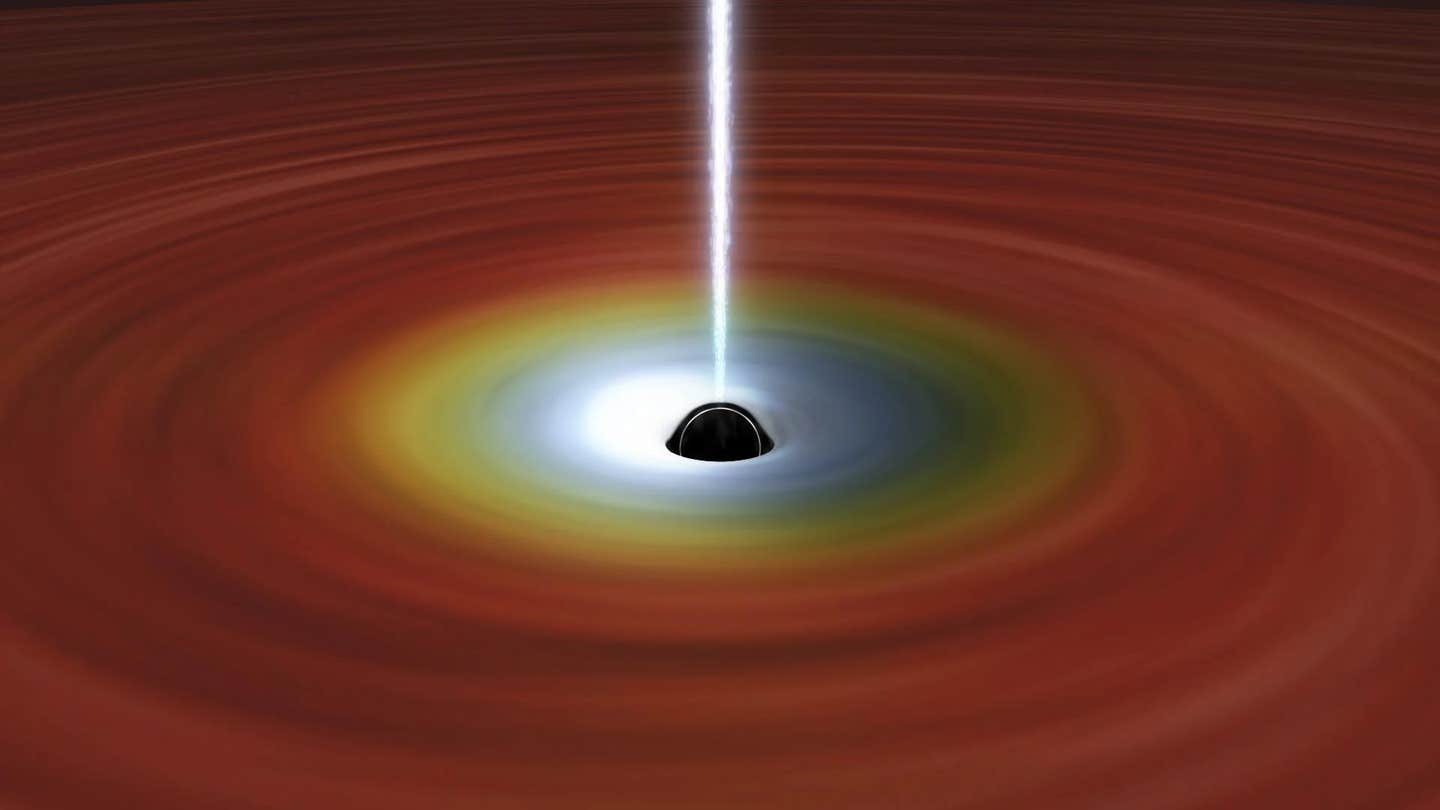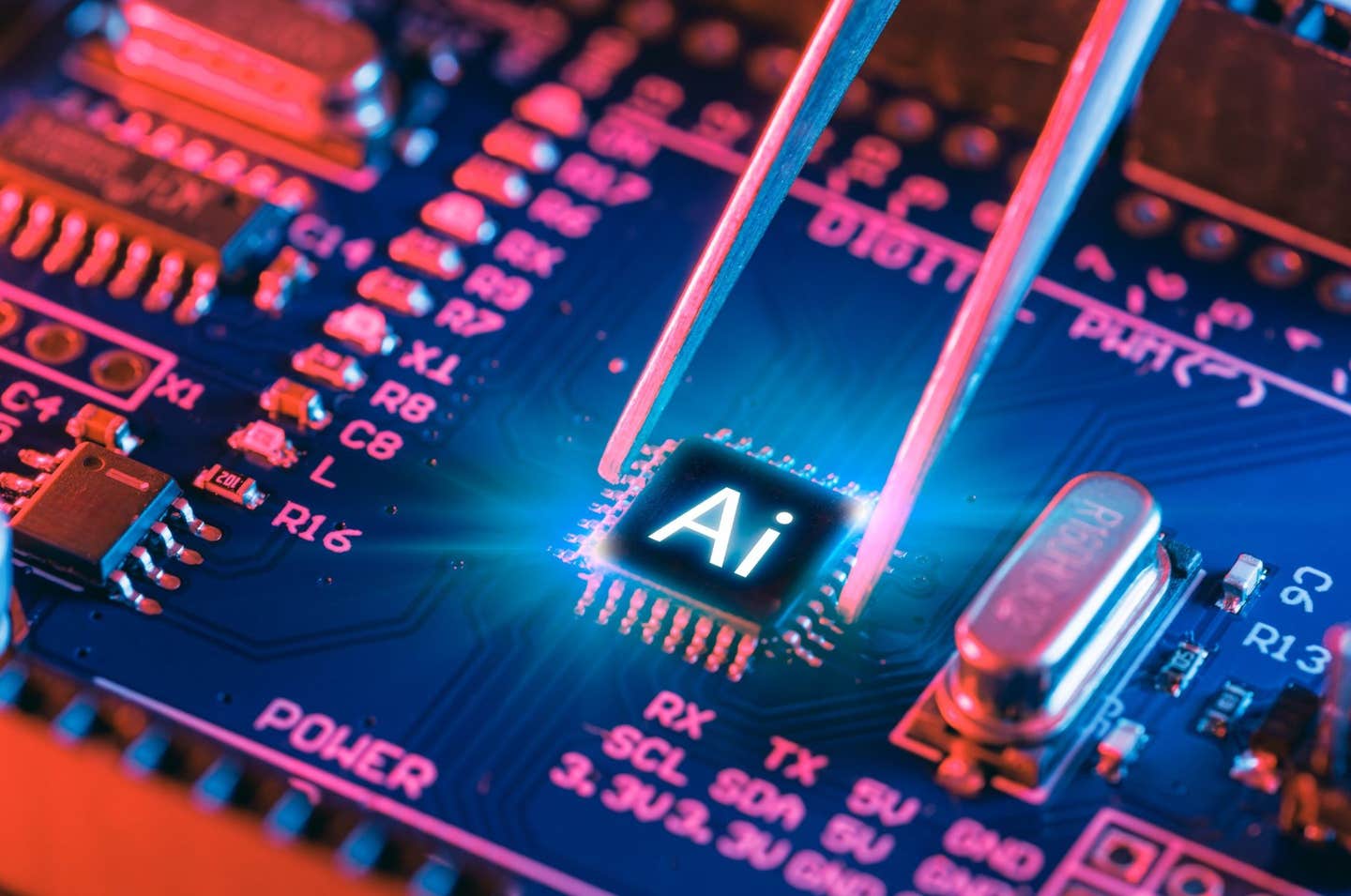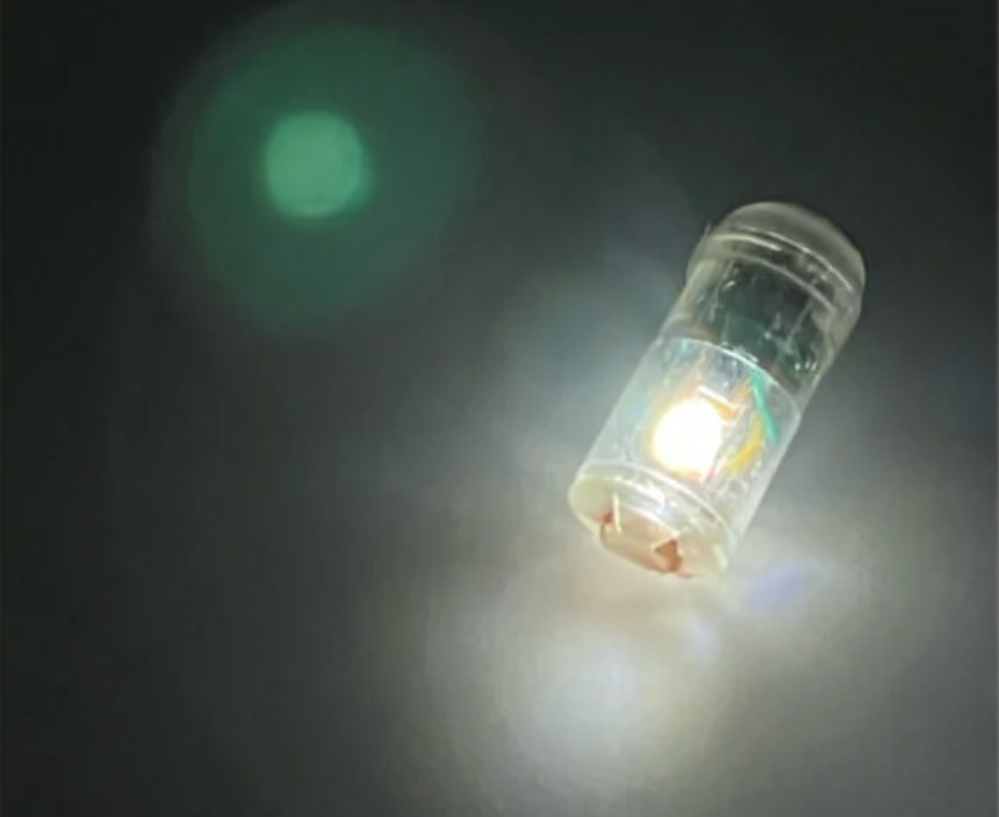Scientists discover rare intermediate black holes using gravitational waves
Vanderbilt scientists found rare intermediate-mass black holes using LIGO and Virgo detectors, changing our view of the early universe.

New gravitational wave data reveals rare intermediate black holes, unlocking secrets of the universe’s first stars. (CREDIT: CC BY-SA 4.0)
For decades, scientists have believed there should be black holes that fall between two well-known types. On one end are stellar-mass black holes, formed by collapsing stars, with masses between 5 and 50 times that of the sun. On the other end are the giants of the cosmos, the supermassive black holes, with masses that range from millions to billions of solar masses. But what about the ones in the middle?
These elusive objects, called intermediate-mass black holes (IMBHs), are thought to weigh between 100 and 100,000 times the mass of the sun. They could be the missing link in understanding how black holes grow over time. Yet, they have remained one of astronomy’s greatest mysteries.
Now, researchers at Vanderbilt University may have finally pulled back the curtain.
Gravitational Waves Reveal Hidden Giants
In a new study published in the Astrophysical Journal Letters, scientists reanalyzed data from the LIGO and Virgo observatories, which detect gravitational waves—tiny ripples in space caused by violent cosmic events. These waves are often created when two black holes collide.
Led by postdoctoral fellow Anjali Yelikar and Ph.D. candidate Krystal Ruiz-Rocha, the team examined 11 candidate events from LIGO-Virgo’s third observing run. They used advanced waveform models and a powerful Bayesian algorithm called RIFT. This method allowed them to dig deeper into signals that were once thought to be too noisy or weak.
The findings were striking: at least five of these black hole collisions resulted in objects that fall within the IMBH range. One of them had a final mass of nearly 350 times that of the sun. These events are now among the heaviest gravitational-wave signals ever observed.
Related Stories
"Black holes are the ultimate cosmic fossils," said astrophysicist Karan Jani, the lead investigator and director of Vanderbilt Lunar Labs. "The masses reported here have been highly speculative until now."
Some of the merging black holes even fell into the pair-instability supernova mass gap—a range between 60 and 120 solar masses where stars were not expected to form black holes at all. That discovery raises more questions about how these black holes formed in the first place.
A Future in Space for Black Hole Hunting
Despite the success of Earth-based detectors like LIGO, their reach is limited. These observatories can only catch the final seconds of a black hole merger. That makes it hard to understand how IMBHs form and what environments they live in.
To look deeper into the universe’s past, the Vanderbilt team turned to space. Two additional papers explored how a future space mission—the Laser Interferometer Space Antenna (LISA)—could help. Scheduled to launch in the 2030s by NASA and the European Space Agency, LISA will orbit the sun and measure gravitational waves at much lower frequencies.
LISA will be able to track black holes for years before they merge. That means it could provide new details about how these objects grow, move, and collide.
"We hope this research strengthens the case for intermediate-mass black holes as the most exciting source across gravitational-wave detectors," said Ruiz-Rocha. "Each new detection brings us closer to understanding why they fall into this strange mass range."
In another paper led by summer intern Shobhit Ranjan, researchers looked at how LISA could detect the recoil kicks—the bursts of motion that happen after two black holes collide. This could explain where IMBHs go after they are formed, or even whether they get ejected from their host galaxies.
Making Sense of the Noise with AI
Detecting gravitational waves isn’t easy. These signals are extremely faint and often get buried in background noise. Imagine trying to hear a pin drop in a hurricane. To ensure that what they were detecting was real, the Vanderbilt team used artificial intelligence to clean up the data.
In a fourth study, published in Astrophysical Journal, postdoctoral researcher Chayan Chatterjee showed how AI models could separate true gravitational wave signals from environmental or instrumental noise. This research is part of Jani’s AI for New Messengers Program, developed with the Data Science Institute.
Their models were able to find and reconstruct real black hole signals even under tough conditions. This helps boost confidence in the new black hole discoveries and offers a solid foundation for future work.
A New Scientific Era On and Off the Moon
The research doesn’t end here. Yelikar and the team are also exploring how lunar-based detectors might push the science even further. The moon has no atmosphere or human-made noise, making it an ideal place to detect low-frequency gravitational waves.
Lunar observatories could allow scientists to detect even more of these mysterious black holes and identify where they live. Earth-based detectors simply don’t have this kind of sensitivity.
Jani is also working with the National Academies of Sciences, Engineering, and Medicine to help decide where future astronauts should go on the moon. He sits on a panel that advises NASA on missions that focus on space weather, solar physics, and black hole science.
"This is an exciting moment in history," Jani said. "We have the chance not just to study black holes, but to bring all branches of science together as we return to the moon."
His team wants to train the next generation of space explorers to use both Earth and lunar tools. That means future discoveries may not only come from telescopes, but from human researchers walking on the lunar surface.
The search for intermediate black holes is helping to answer big questions about the universe. What were the first stars like? How do black holes grow? Could IMBHs help explain the link between dying stars and the supermassive giants at the centers of galaxies?
Each new signal brings more clues. With tools in space, on Earth, and possibly on the moon, researchers are now better equipped than ever before.
Note: The article above provided above by The Brighter Side of News.
Like these kind of feel good stories? Get The Brighter Side of News' newsletter.



